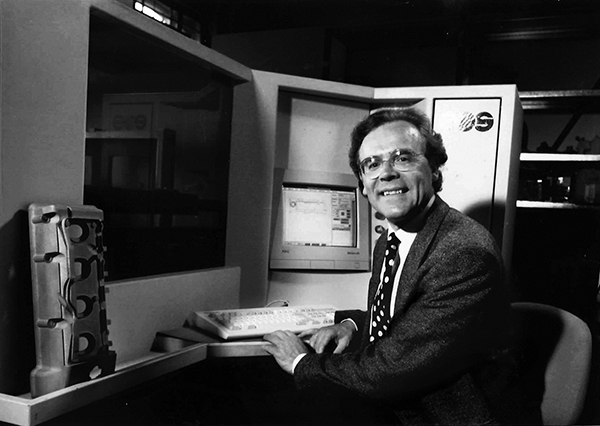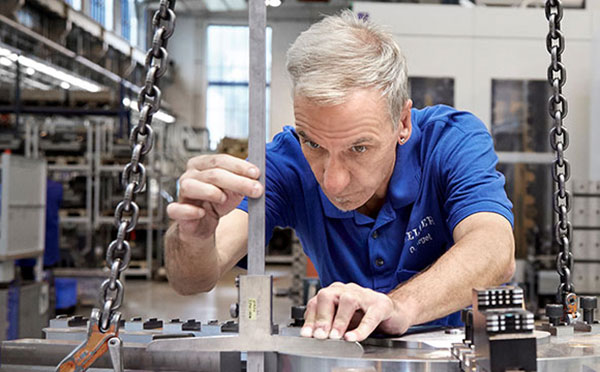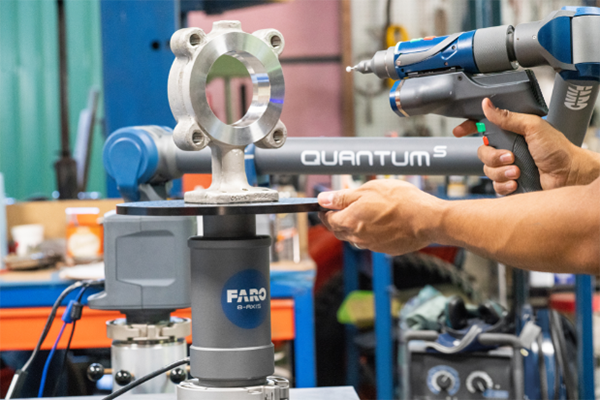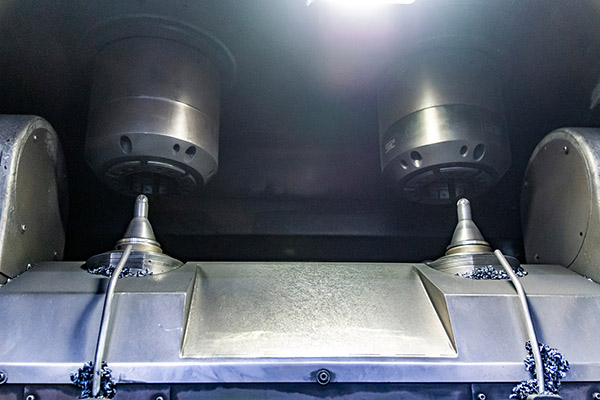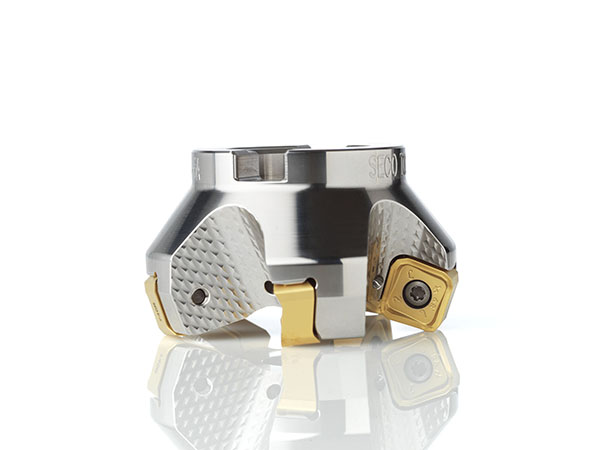As an internationally operating supplier to the automotive industry, Neapco is receiving an increasing number of enquiries for electric vehicle components.

A current electric vehicle project the company is undertaking is a drive shaft, which has been supported with cutting tools from Mapal.
Located in Düren in the North Rhine-Westphalia area in Germany, the company relies on Mapal ball-nose milling cutters for hard machining the outer face of the constant velocity joint of drive shafts.
Production of the latest line of drive shafts started at the beginning of 2018, and the volume will be as high as 35,000 units in 2019. “We use the ball nose milling cutters from Mapal to machine the ball raceways of what is known as the bell or axle spindle, for which strict tolerances are specified,” says Ahmet Simsek, who is in charge of tool management at the Neapco plant in Düren.
It is important that this drive shaft joint transmits the torque with as little influence on the steering as possible, even in the case of large working angles on the drive gears of front-wheel drive vehicles. This is why all requirements regarding quality, dimensions and surface qualities must be observed in a process-consistent manner. For example, the contact angle must be within a tolerance of ±5°.
Machining of the forged axle spindles on an EMAG VSC 250 Twin machining centre is assisted by the tool, which has four soldered PcBN blades to remove between 0.2 and 0.4 mm of material. The tool is connected to the tool holder via Mapal’s own HFS connection (Head Fitting System).
For further information www.mapal.com







